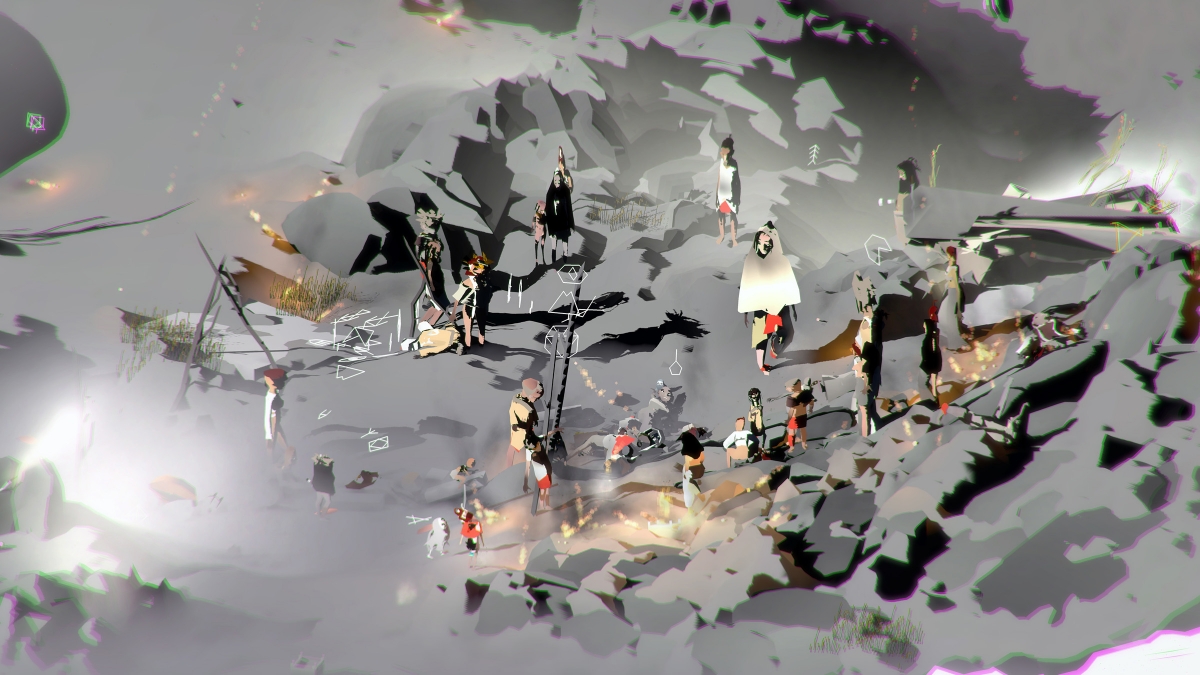
Ian Cheng, Emissary in the Squat of Gods, 2015 / Image courtesy of Leeum Museum of Art
Ian Cheng’s first solo exhibition in Asia, ‘Ian Cheng: Worlding’, will be held from Mar. 2 to July 3 at Leeum Museum of Art in Hannam-dong, Seoul. Known as a pioneering artist using artificial intelligence and game engines to create virtual ecosystems, Cheng has long explored the nature of human consciousness. This exhibition, where five works, including a new animation, welcome the audience, is held across two spaces: the White Cube and the Screening Room. His notable works, Emissaries Trilogy (2015 ‒ 2017) and BOB (2018 ‒ 2019), are screened on large screens lining left and right of the entrance to the gallery. In the three videos that disclose the evolution of the consciousness of the main character ‘Emissary’, they are shown in different guises as a shaman’s daughter, a Shiba dog, and a super-intelligent Mother AI. As for the ‘live simulation’ work, which shows a series of events as the protagonist with artificial intelligence reacts to their surrounding environment in this virtual world, the artist explains that it is ‘a video game that endlessly plays itself’. The worldview he conceived through the virtual world of games is revealed in the feature-length animation Life After BOB: The Chalice Study (2021). The artist asks a question through the mouth of Chalice, a girl who has an artificial intelligence BOB (Bag of Beliefs) in her nervous system, designed to follow the optimal life path for humans in the process of growth: ‘If artificial intelligence can make my life better than me, is there anything left for me as a human to do?’ How different are we from Chalice as we grow up according to the values we learned from our parents or teachers and then reflect on them later? This question will continue to linger in our minds even after leaving the gallery, like a game that endlessly plays.




